In 2021 DXOMARK undertook its first benchmark test of home surveillance cameras. Today we are back with an update that includes new camera models to study the evolution of image quality in this constantly growing market.
The update includes four new doorbells in addition to last year’s models, all from major actors on the North American market: the new Google Nest Doorbell (wired, 2nd gen), the Arlo Wired Video Doorbell, the Ring Doorbell Pro 2, and the Wyze Video Doorbell Pro. With this latest generation of cameras, we can see real progress in terms of image quality. In general, the new devices perform better in our tests, and as a result rank higher than the 2021 models.
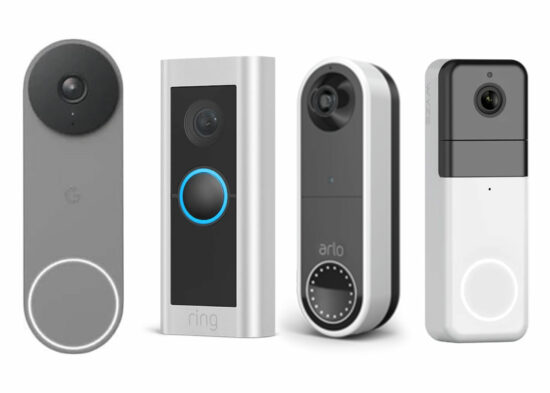
For doorbell cameras, the image-quality requirements center on being able to identify the person who is at the door at all times. This means first having an accurate target exposure on faces in bright sunny conditions but also in strongly backlit situations and even at night, which is increasingly more difficult. Recognizing people also means having enough details on their faces. This comes with its own challenges, given the relatively low resolutions of doorbell cameras and the compression necessary to work with the cloud.
We put the eight doorbells through elements of our Camera protocol that was adapted for these devices, testing them in several lighting conditions ranging from day to night, with various dynamics and distances, to evaluate their performance. Here are their respective specifications:

In our first benchmark a year ago, the wired Google Nest Hello outperformed the other three doorbells we had tested at the time and Google continues to lead the pack with its latest Nest Doorbell (wired, 2nd gen). The battery-powered Wyze Video Doorbell Pro and the wired Ring Video Doorbell Pro 2 followed, pushing the models tested last year further down the ranking.
We also look at the breakdown of the scores and see how the doorbells performed specifically in daylight and night conditions. While the Google doorbell at the top of our ranking proved to be a well-rounded device with good performance in all conditions, that was not necessarily the case for the other doorbell cameras.
About DXOMARK Doorbell camera tests
Like for all DXOMARK test protocols, our doorbell evaluations take place in laboratories and in real-world situations using a variety of subjects. The scores rely on objective tests for which the results are calculated directly by measurement software on our laboratory setups, and on perceptual tests in which a sophisticated set of metrics allow a panel of image experts to compare aspects of image quality that require human judgment.
The following section gathers key elements of DXOMARK’s image quality tests and analyses for video doorbells. So let’s dive into the results of the protocol by looking at the specific use cases to better understand what sets the new Google Nest Doorbell (wired, 2nd gen) apart from the rest.
Daylight use cases
The Daylight use case is focused on the evaluation of the different image quality branches, mainly on portrait scenes, especially where the subjects are close to the camera. Among the image quality attributes, exposure and detail preservation are judged to be the most important, because they can influence the face detection and identification of subjects. The artifacts, like blocking and compression, can equally influence the overall image quality, leading to potential detection or identification failures. In the context of doorbells, in daylight conditions, accurate color rendering and white balance are not a requirement but a nice feature to have for the user experience. Finally, given the overall low preservation of details common to most doorbell cameras, noise is generally rarely an issue, so the weight of the noise evaluation is lower compared with the other image quality attributes.
Daylight use cases range from well-lit conditions on a sunny day, to a strong backlit situation, passing by a cloudy day. Doorbells must adapt to all these situations to be usable anytime. This chart shows the Daylight use case scores for all tested models.
The results for the Daylight use reflect the overall ranking, with the Google Nest doorbell (wired, 2nd gen) at the top of the list. Because daylight use cases are the most common ones, this is not necessarily a surprise.
We can also point out that battery-powered doorbells tend to be in the lower part of the ranking. This is likely the trade-off between conserving battery power and the amount of heavy processing that is often necessary to produce a high-quality image. As a result, the wired doorbells tended to have better image quality because image processing didn’t have to come at the expense of power. The exception, however, was the battery-powered Wyze doorbell, which performed well enough to reach third place in the Daylight ranking.

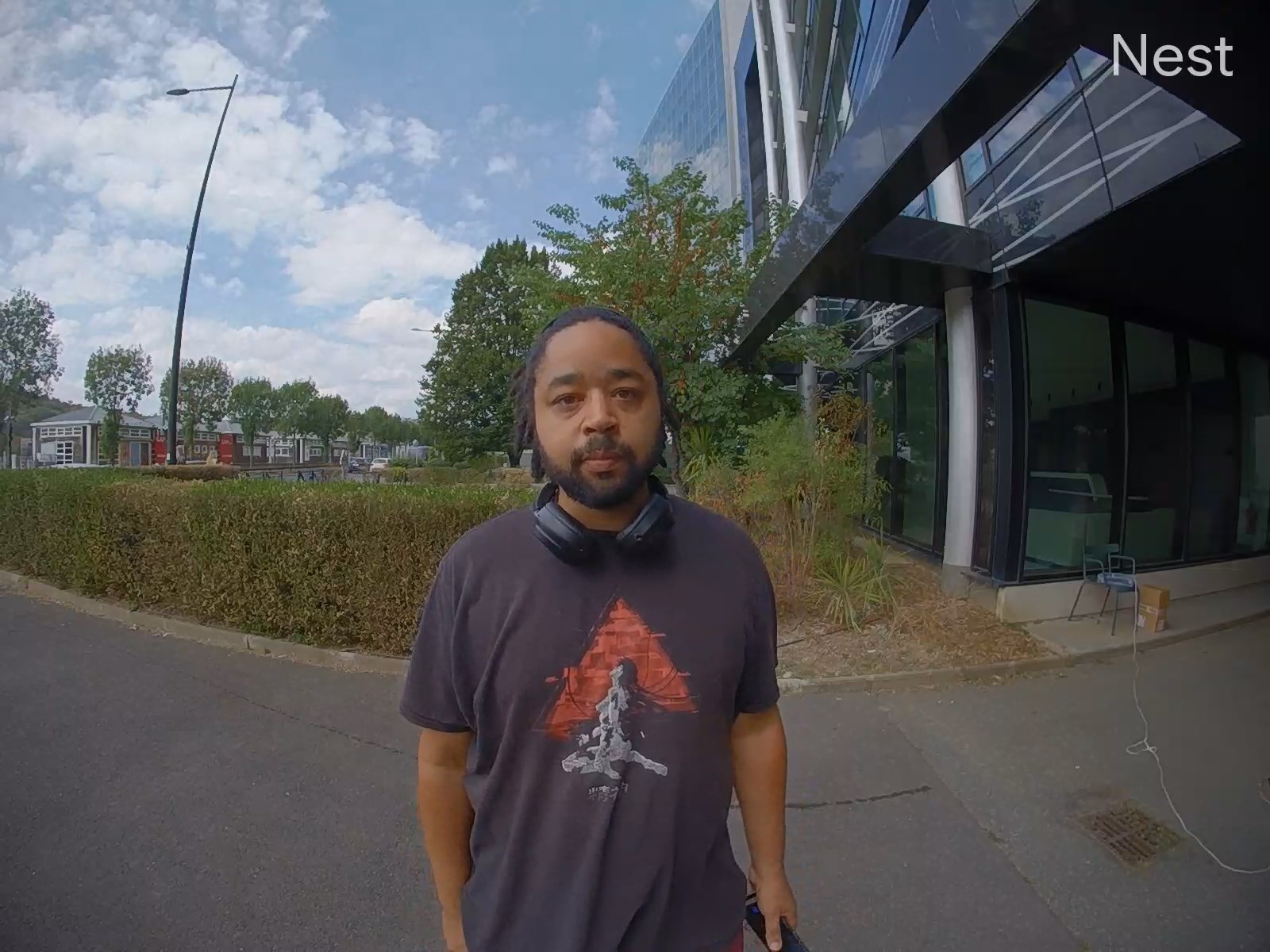

Night use cases
Night use case evaluation was focused on evaluating different image quality attributes of mainly portrait scenes, especially when the subjects were close to the camera. Such image quality attributes and their importance were similar to those for the daylight use cases with the exception of color. Most doorbells use infrared mode under a certain light level, which generally produces black and white images. Doorbells that provide a color mode at night, either by staying in visible mode longer or by recoloring the infrared feed, bring a significant advantage compared to cameras that remain in IR mode. In DXOMARK’s doorbell tests for night use cases, we used the same lab setups as for day use cases but with lower light levels. Also, the same real-life scenarios were performed but at night, after sunset.
Night use cases are more challenging for the small cameras in doorbells because the levels of light captured can be very low, resulting in images that contain noise and very few details. To work around those constraints, most doorbell cameras will switch to an infrared mode when light levels become very low, allowing for better exposure performances with less noise, but at the cost of color. This chart shows the Night use case scores of the test candidates.
The new Google Nest Doorbell (wired, 2nd gen) showed a strong performance in daylight situations, as well as in night situations, leaving the competitors far behind and taking the top spot in the Night ranking. The Ring Doorbell 4, which struggled a bit during daylight situations, showed a remarkable performance in night conditions, which allowed it to move close to the top of the Night ranking.
Let’s look deeper at the performance of the doorbells for the three main image quality attributes of exposure, texture, and artifacts.
Exposure
Most of the time, video doorbells will be used during the day to check on visitors or package deliveries. The key element in these situations is to be able to recognize and identify the person at the door, which requires a camera that provides good target exposure on the face.
In DXOMARK’s doorbell tests, exposure performances were measured in the lab on a setup including realistic mannequins and a light box, under controlled lighting conditions. Several conditions were reproduced, from bright light with low dynamic to low light with high dynamic up to EV4 difference. Results observed in the lab were backed-up by perceptual evaluations on real-life scenarios, where the doorbell cameras were placed outside, first in full light and then under the cover of an archway, to get more high dynamic conditions. In each case, a person approached the camera, so that we could evaluate the target exposure on a real person.
The Google Nest Doorbell (wired, 2nd gen) always delivered an accurate target exposure, coupled with a rather wide dynamic range, meaning that many details were preserved in the background. We tested this in the lab on our realistic mannequins and confirmed the behavior on a real scene, with both the doorbell and the subject well lit. In the same conditions, the previous Nest doorbells (both battery-powered or wired) tended to slightly underexpose the face, while doorbells like the Wyze Video Doorbell Pro, and the Arlo Doorbells to some extent, tended to over-expose the subjects.
Things generally get a bit more complicated when lighting conditions get more challenging. If the video doorbell is installed under a porch, for example, the dynamic range of the scene is increased because the camera is in the shadows and the scene is in the light. In those conditions, doorbells like the Google Nest Doorbell (wired, 2nd gen) or the Wyze start to struggle a bit, with target exposure barely high enough to recognize people. However, most of their competitors delivered even lower target exposure, making it nearly impossible to recognize who was at the door.
During the night, most video doorbells have an infrared mode to help get better exposure when light levels are low. But even with that, good image quality is not guaranteed. In our real-life scenarios, we added an external lighting source to simulate a front door light. In those conditions, whether the new Nest activated its IR mode or not, target exposure was always accurate on the faces, allowing for easy recognition of the person. This was not the case for the competitors like the Wyze Video Doorbell Pro, below, which doesn’t switch to IR mode but has strong clipping on the face. On the Google Nest Doorbell (wired, 2nd gen), the background tended to be slightly underexposed, which meant some image elements were lost, but the background was not the main focus of the scene.
Texture
In DXOMARK’s Doorbell tests, texture performances were measured in the lab on a setup including realistic mannequins and a Colorchecker chart, under controlled lighting conditions. Several conditions were reproduced, from bright light to low light. Results observed in the lab were backed-up by perceptual evaluations on real-life scenarios, where the doorbell cameras were placed outside, first in full light and then under the cover of an archway, to get more high dynamic conditions. In each case, a person approached the camera, so that we could evaluate the level of details rendered on a real person.
Good exposure is necessary to recognize people at the door, but a high level of image detail is necessary to positively identify people at the door. This is where the Nest doorbells outperformed the others, providing the highest levels of details when compared with the other doorbell cameras. In addition, a particularity of the Google Nest Doorbell (wired, 2nd gen) was that image details remained consistent in a given lighting condition, thanks in part to the nearly nonexistence of compression artifacts, which usually result in loss of details.
While most cameras maintained a generally consistent level of details through all lighting conditions, some, like the Google Nest Doorbell (wired, 2nd gen) or the Arlo Essential Video Doorbell Wire-free, lost some details quite significantly once they switched to infrared mode. You can see on the graph above that for the doorbells previously cited, this happened between 20 lux and 5 lux.
Because of their placement, doorbell cameras can also be used to monitor a home’s front yard or driveway. The key test here is whether the camera is capable of providing a legible image of a car’s license plate. Our results showed that the Google Nest Doorbell (wired, 2nd gen) lacked the resolution to do this, and numbers and characters were barely distinguishable on cars that were parked about 4 meters from the camera. However, among the doorbells we tested, the Google Nest (wired) and the Ring Doorbell 4 were the only cameras that could provide a legible and clear-enough view of a car’s license plate.
Artifacts
In DXOMARK’s Doorbell tests, artifacts were evaluated on all tested scenes. The most common artifacts in video doorbells were blocking and compression artifacts due to video encoding and compression to be viewed on the cloud for example. Other common artifacts were color fringing in the corners of the image, due to the wide-angle lenses, ringing or even hue shift near saturation.
Most video doorbells suffered from video compression artifacts, but the Google Nest Doorbell (wired, 2nd gen) was generally free of them. These compression artifacts reduced the level of details in the image and could create an unpleasant frame reset effect when the compression level changes abruptly from one frame to another.
Distortion was also often visible on doorbell cameras. Nest doorbells generally were not too impacted by it thanks to their different field of view. The Google Nest Doorbell (wired, 2nd gen), in particular, has a quite rare portrait format for video. This vertical field of view allows for a head-to-toe view of the person in front of the camera and avoids creating distortion on the sides. In contrast, the Wyze Video Doorbell Pro, for example, has a square video format, which results in a very visible fish-eye effect.
While the Google Nest Doorbell (wired, 2nd gen) avoided most of the common artifacts seen on the other doorbells, we noticed that the Nest showed some “ghosting,” which appeared when people were close to the camera and moving. However, when people were standing still in front of the camera, the image was clear.
Steady improvements in image quality
Our testing showed many improvements in doorbell image quality from some of the major video doorbell brands. But the Google Nest Doorbell (wired, 2nd gen) was by far the best all-around performer. It did especially well for texture and exposure, making it the only one out of the eight cameras we tested that allowed for systematic and easy identification of faces in all light conditions, and earning itself the DXOMARK Gold label for Camera. 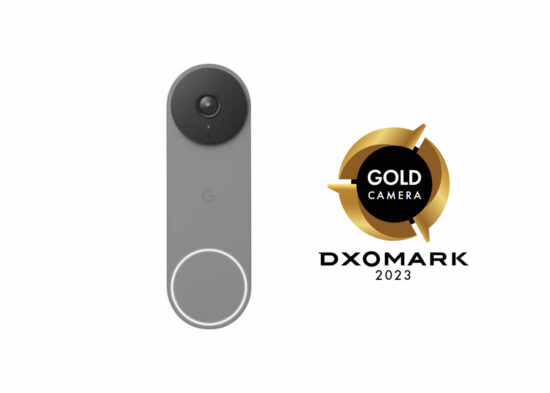
We’ll continue to test the latest video doorbells as they become available on the market and keep updating the rankings on an annual basis as we track the progress in image quality.

 English
English
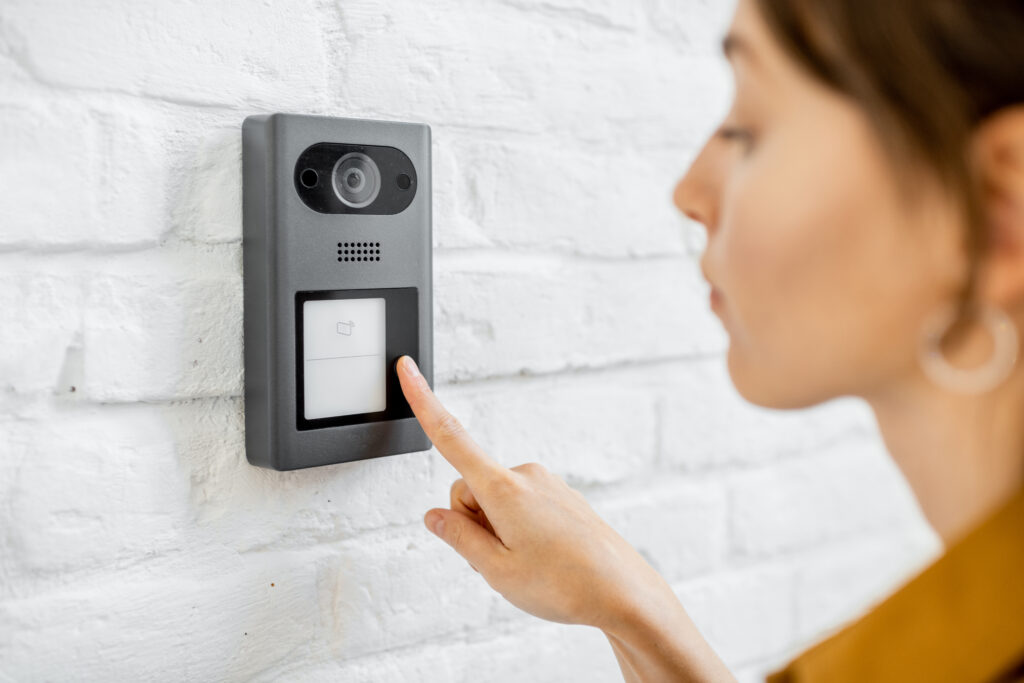
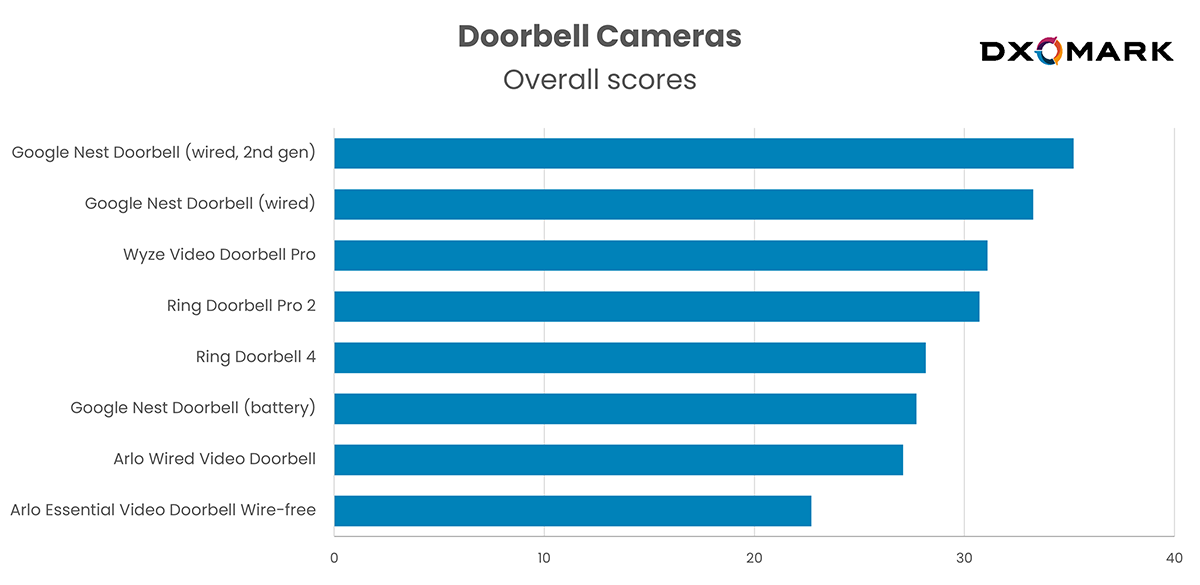

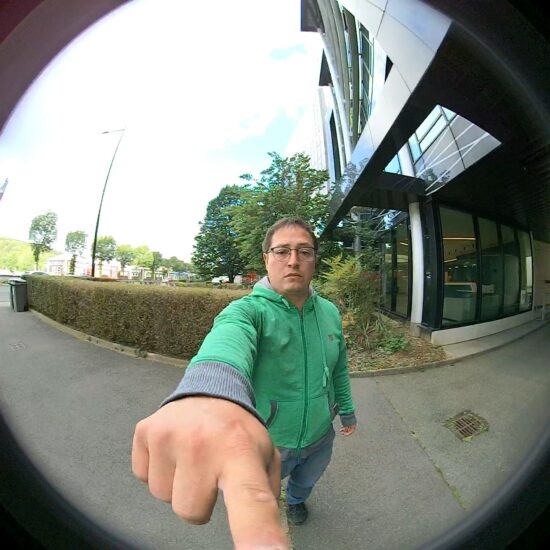
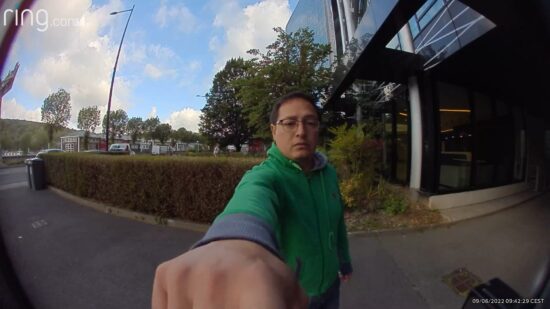

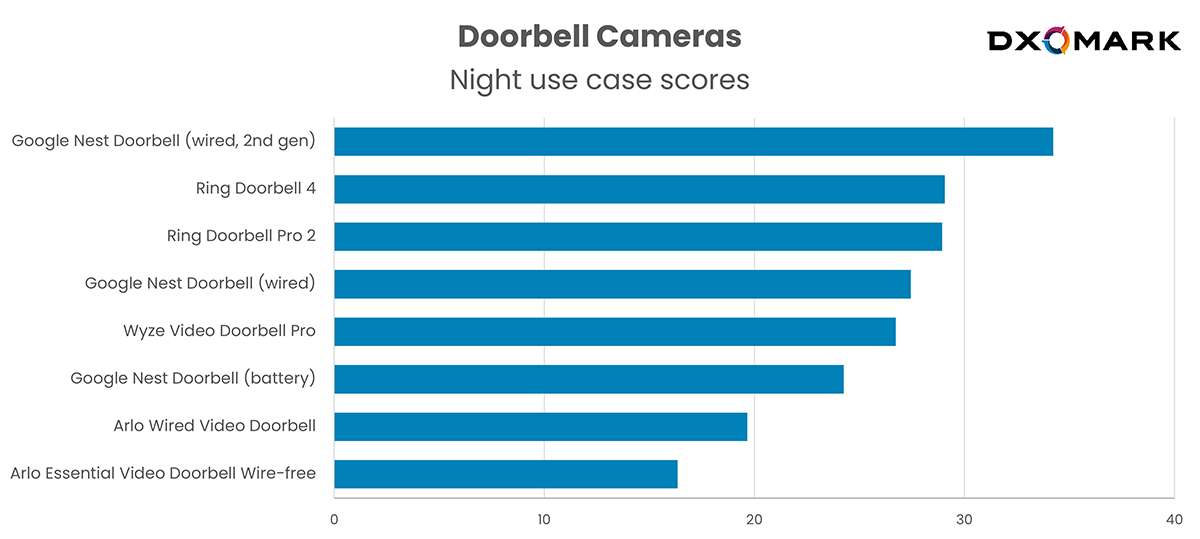


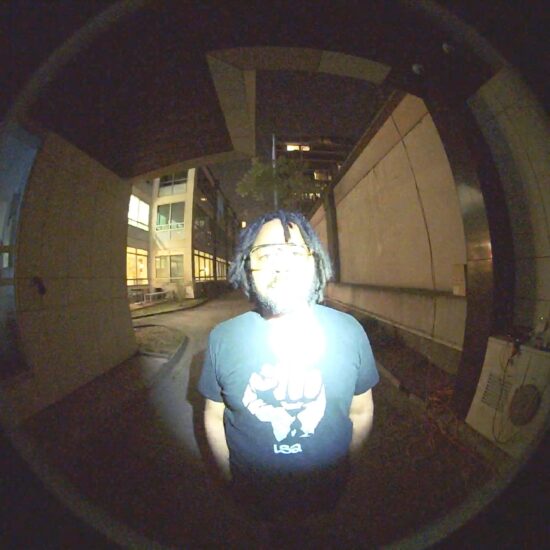



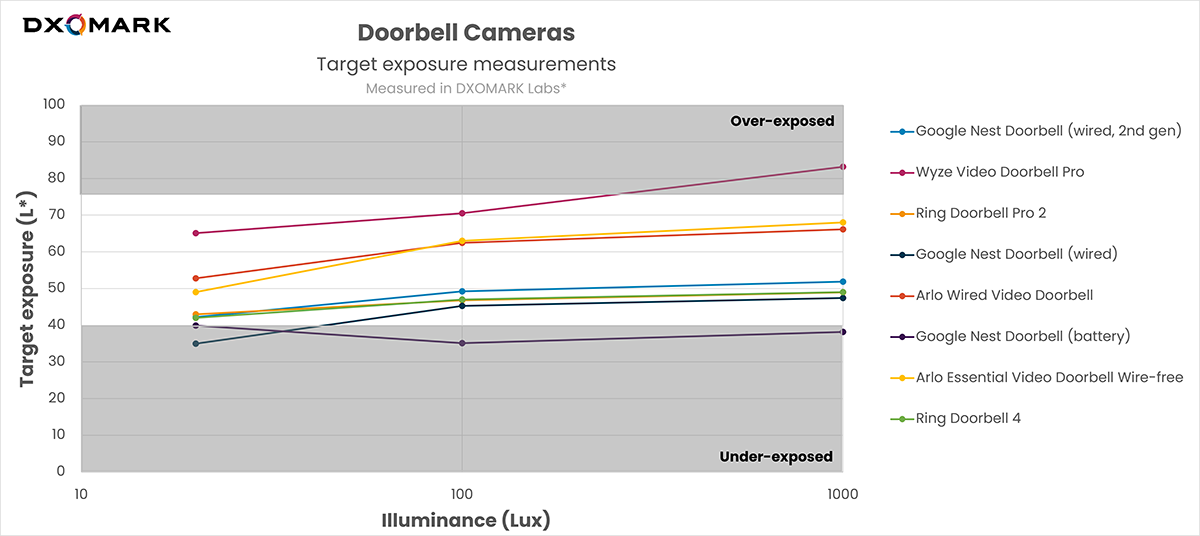
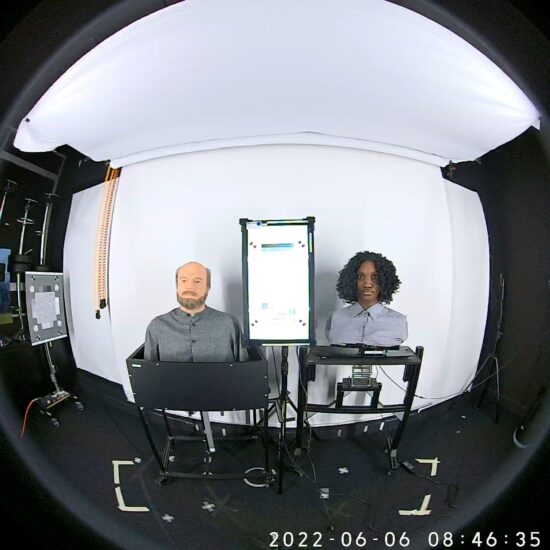
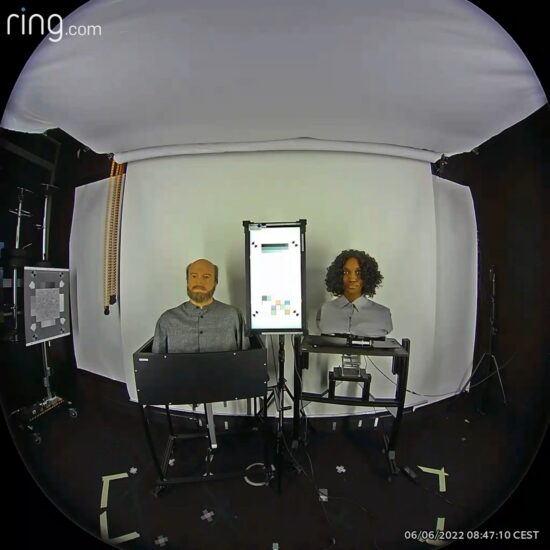
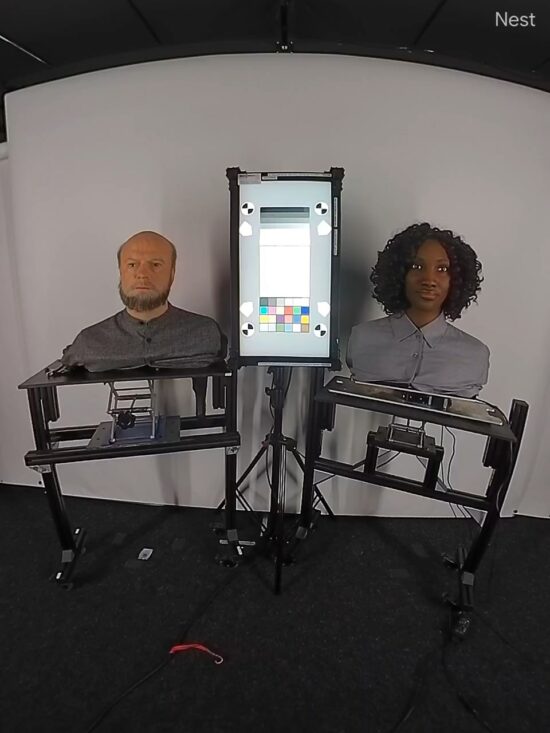

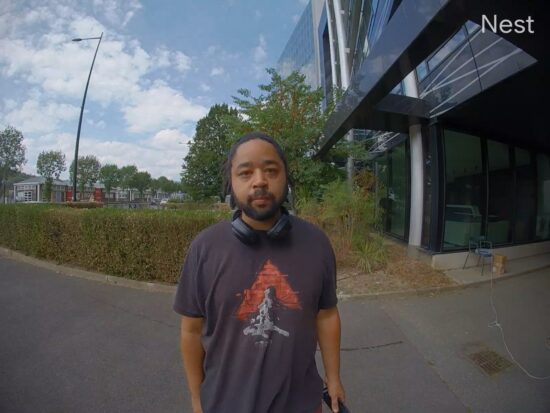
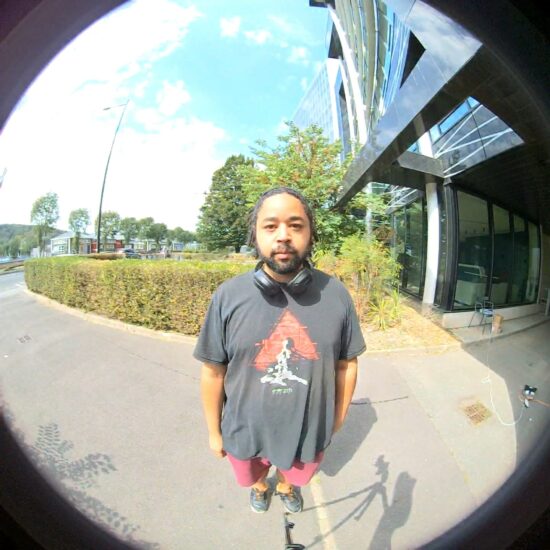
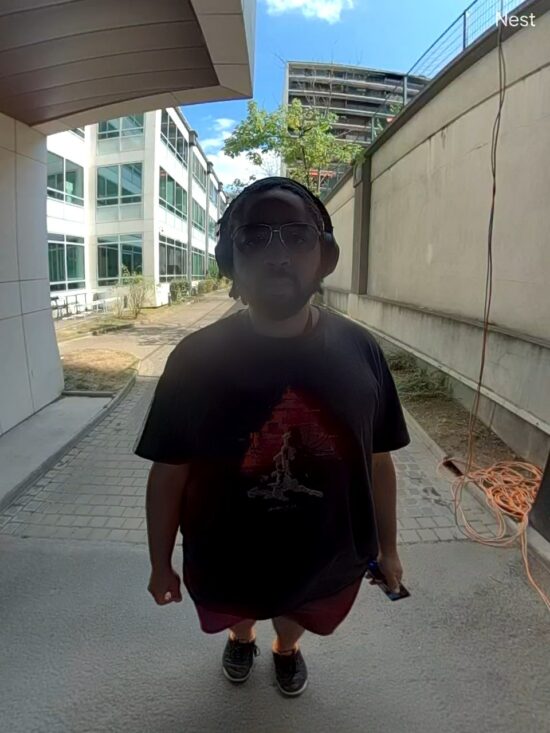
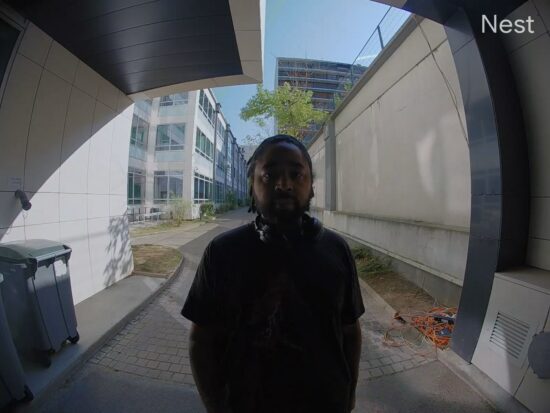
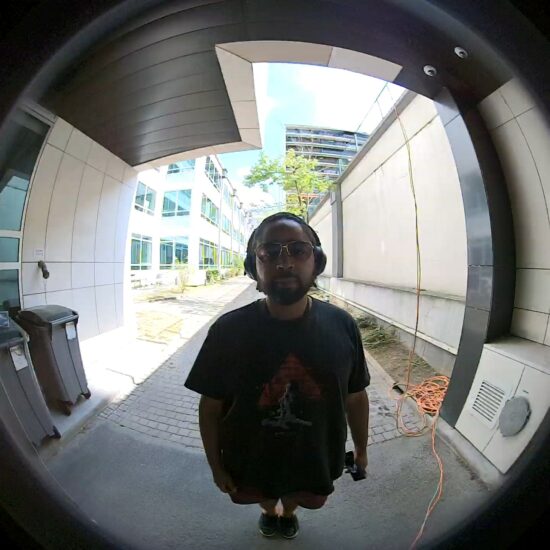


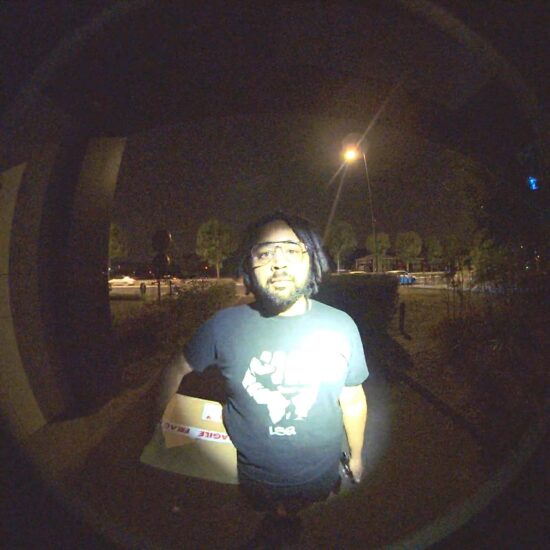

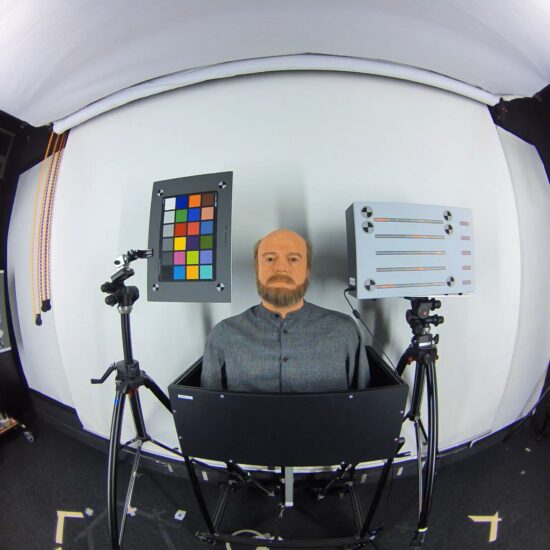

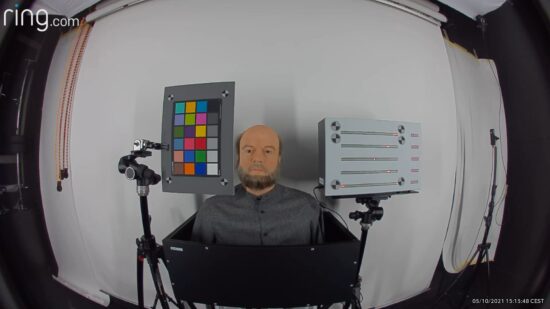
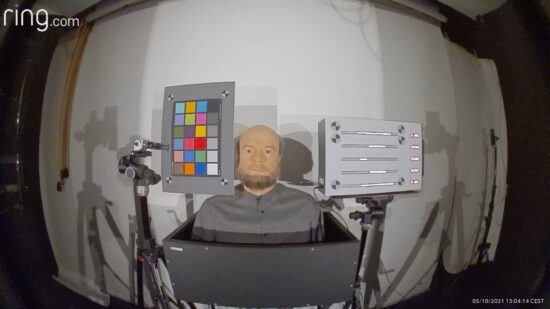

DXOMARK invites our readership (you) to post comments on the articles on this website. Read more about our Comment Policy.